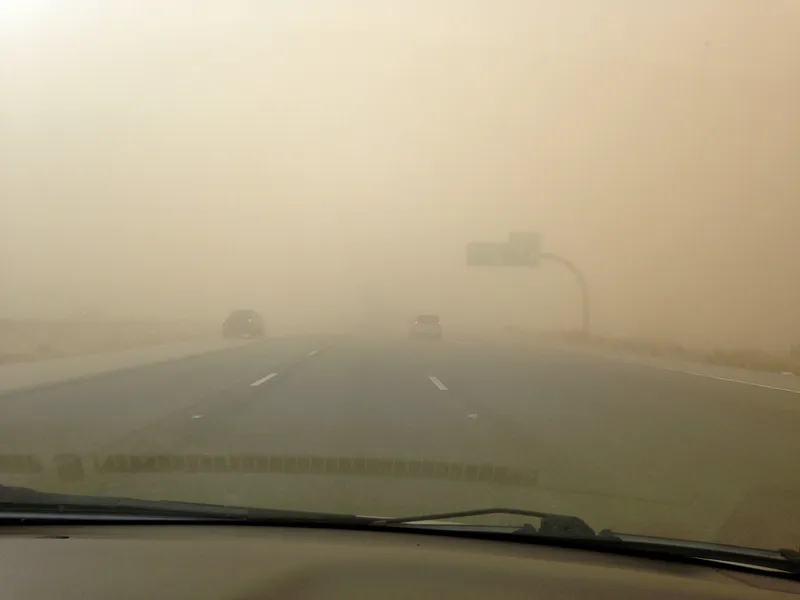Oregon Department of Transportation (ODOT) has implemented digital variable speed limit signs over a thirty-mile stretch of Interstate 84 between Baker City and La Grande, replacing the standard speed signs in that area.
The new signs will use traffic, road, weather and visibility sensors to lower the legal speed limit when ice, snow, fog or a wreck ahead requires drivers to slow down. Along with identifying the current legal speed limit, the digital displays can also show the reason for a reduced speed,
November 18, 2016
Read time: 2 mins
The new signs will use traffic, road, weather and visibility sensors to lower the legal speed limit when ice, snow, fog or a wreck ahead requires drivers to slow down. Along with identifying the current legal speed limit, the digital displays can also show the reason for a reduced speed, such ‘ice’ or ‘low visibility’.
Roadside sensors feed temperature, visibility, road surface grip (traction), vehicle speeds and moisture levels data into the variable speed limit sign system measure. If a majority of cars and trucks are slowing down due to weather, poor road conditions, or a wreck ahead, the sensors can send a message to the signs to reduce the speed for all drivers. Likewise, when sensors detect poor traction, low visibility or other hazardous conditions, speed limits will be lowered and an appropriate warning message can be displayed. ODOT staff will also be able to manually adjust the speed limits, such as when a crash occurs or when construction activities require a slower speed.
“This section of freeway is positioned between the Eagle Cap and Elkhorn mountain ranges,” said ODOT Area Manager Ken Patterson. “This often creates microclimates with more severe weather patterns than adjacent sections of freeway.”
Ice, high winds with blowing snow, and limited visibility are some of the challenging conditions that catch motorists off-guard, resulting in a higher number of crashes than similar freeway sections.
“The idea behind these new signs is to warn motorists ahead of hazardous road conditions and get them to slow down before they enter a potentially dangerous situation,” Patterson said.








